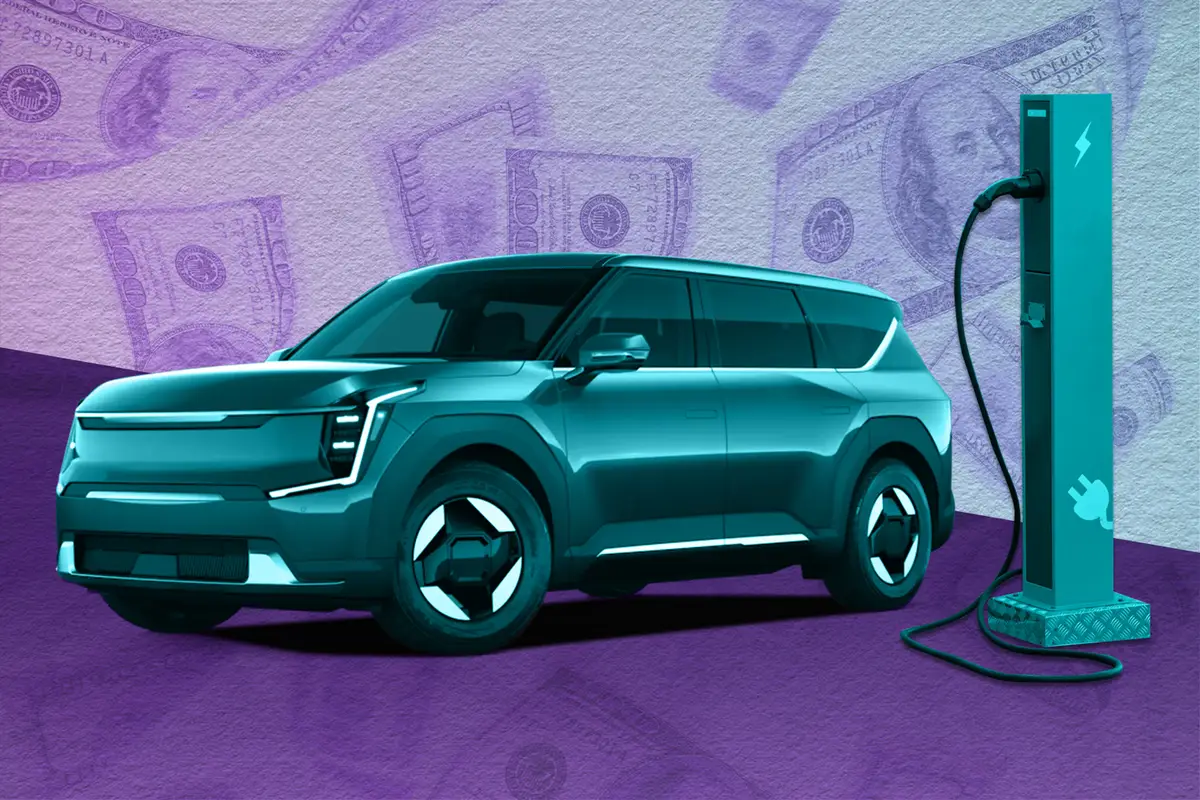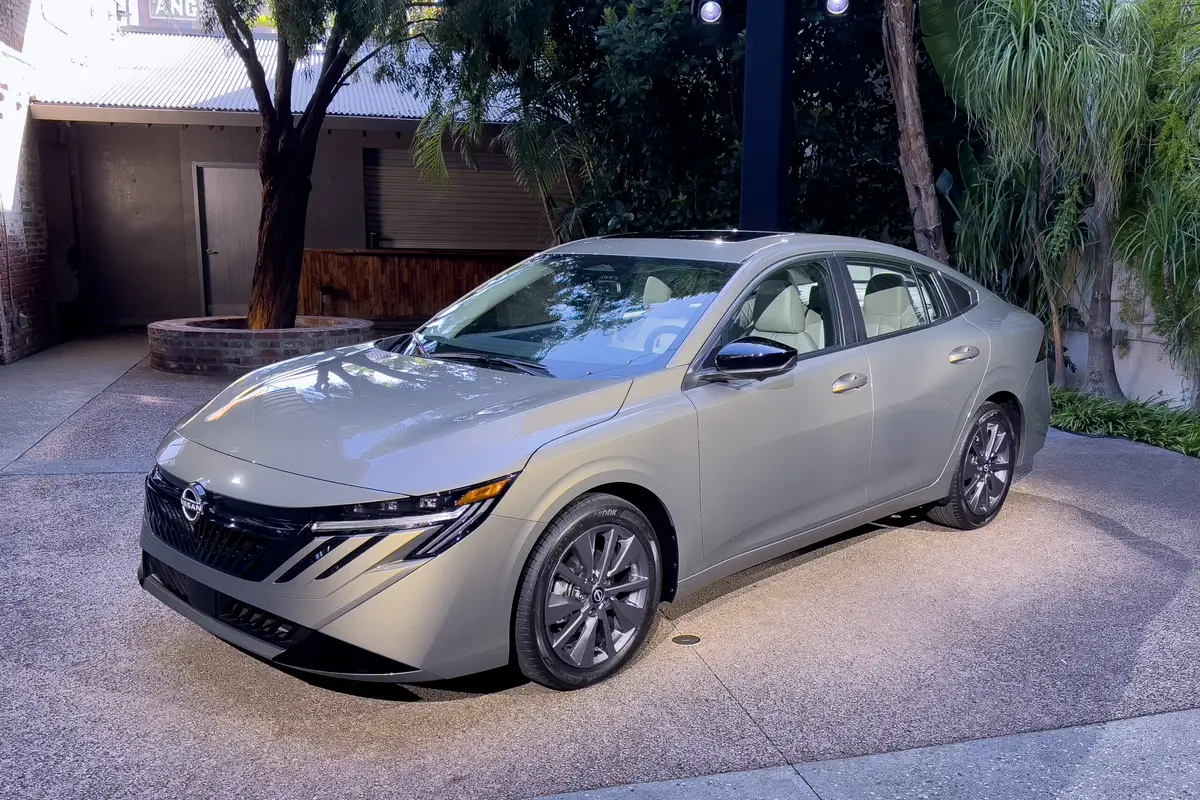2006 Porsche 911: What's New
Vehicle Overview
Porsche’s long-lived 911 got a major makeover for 2005, which included two distinct engines powering the Carrera and the Carrera S. A 3.6-liter flat-six-cylinder in the 911 Carrera produces 325 horsepower, while the Carrera S holds a 3.8-liter version that develops 355 hp. Motorsports enthusiasts could select a Sport Chrono Package Plus system with a dashboard-mounted stopwatch.
All-wheel-drive Carrera 4 and 4S coupes and cabriolets have debuted for 2006 and are available with two-tone interior color schemes. An electronic logbook and a tire-pressure-monitoring system are optional. An optional Power Kit for Carrera S models boosts output to 381 hp.
A 911 Turbo S coupe and cabriolet with a 444-hp engine joined the 911 lineup for 2005.
(Skip to details on the: 911 Turbo S)
Exterior
Nearly devoid of extraneous trim, the low, smooth-bodied 911 looks the part of a serious performance machine. Porsche notes that the current 911 Carrera models have a wider track and a slimmer, more accentuated waistline. Anti-roll bar pivot points were revised for 2005 to reduce body roll. The aluminum springs are 70 percent lighter than earlier steel springs.
The 911 Carrera rides on standard 18-inch wheels, while the Carrera S holds 19-inchers. Neither model comes with a spare tire. Porsche Ceramic Composite Brakes are available.
The Porsche Stability Management system can be turned off. Carrera S models feature Porsche Active Suspension Management technology, with continually adjustable shock absorbers.
Interior
Called four-passenger automobiles by Porsche, 911s have plenty of space for front-seat occupants, but backseat riders are in for a squeeze. Standard front seats adjust in six directions, while optional power seats adjust in 12 directions. Sport seats are available. As in prior 911s, the driver faces a large tachometer, and the ignition switch is on the left.
Under the Hood
Dubbed a boxer engine because of its horizontally opposed cylinder layout, the base, rear-mounted 3.6-liter six-cylinder develops 325 hp. The 3.8-liter six-cylinder in the Carrera S produces 355 hp and 295 pounds-feet of torque. Each engine teams with a six-speed-manual transmission or a Tiptronic S five-speed-automatic transmission that permits manual gear selection.
Safety
All-disc antilock brakes and six airbags — including seat-mounted side-impact airbags and head airbags that emerge from the windowsills — are standard.
Driving Impressions
Piloting a Porsche 911 is like savoring a legend. The current models are comparatively easy to drive and quite civilized. They blend a reasonably smooth, extra-stable ride with vigorous performance and superior handling. Acceleration is energetic, even in non-Turbo models. The familiar engine whine isn’t as omnipresent as it used to be, and the exhaust note is subdued yet exuberant. Porsche’s six-speed-manual gearbox is as good as they get.
Performance differences between the Carrera and Carrera S are noticeable — especially on a racetrack — but both deliver enthusiastic responses. Other than a brief downshift delay when coming out of curves, the Tiptronic operates impressively. Porsche’s available Sport Chrono Package Plus instrument package is helpful for motorsports-minded drivers, but it’s somewhat complicated and distracting. Even though the highway ride is super, the 911’s suspension sometimes reacts harshly on rougher pavement.�
911 Turbo S
The 2005 model year brought a new 911 Turbo S model with a more potent engine. Even bolder in appearance than a regular 911, the Turbo S features a wider stance, especially at the rear. Three large intake grilles that send air to the Turbo’s radiators dominate the lower front fascia. Air scoops integrated into the leading edges of the rear fenders channel air to intercoolers. Porsche Ceramic Composite Brakes are standard.
Twin turbochargers in the 911 Turbo S help its 3.6-liter horizontally opposed six-cylinder crank out 444 hp and 457 pounds-feet of torque. A six-speed-manual transmission and all-wheel drive are standard. A five-speed Tiptronic S automatic that permits manual gear changes is also available. Back to top
Featured stories



